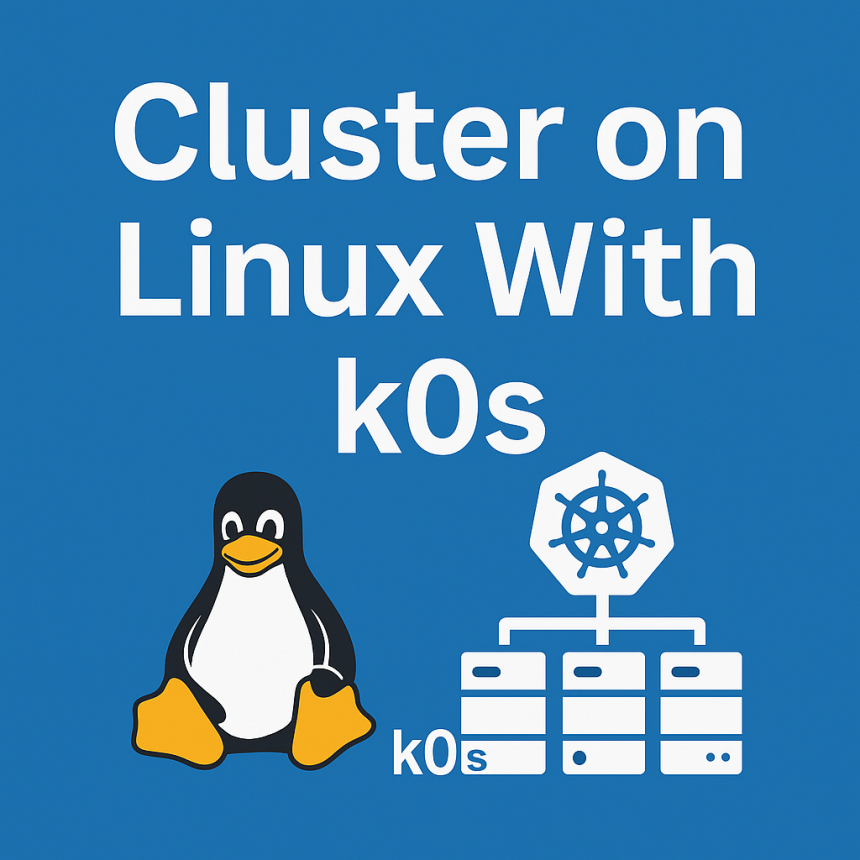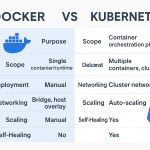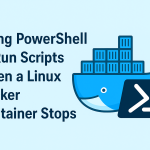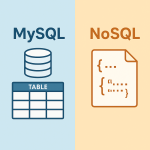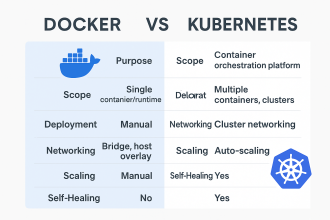How to Deploy a Lightweight Kubernetes Cluster on Linux
Kubernetes has become the industry standard for managing containers. Yet, setting up a complete Kubernetes environment can be challenging and resource-demanding. That’s where k0s comes in — a compact, single-binary Kubernetes distribution that prioritizes ease of use, security, and low system overhead.
In this guide, you’ll learn how to set up a full Kubernetes cluster using k0s on Linux systems, even with limited hardware. Whether you’re deploying on virtual machines, cloud instances, or physical hardware, k0s streamlines the setup process.
2. Benefits of Using k0s for Kubernetes
Developed by the same team behind k3s, k0s stands out with several distinct advantages:
- ✅ Single executable – One binary, no complex installs.
- ✅ No host-level dependencies – Container runtime is built-in; no need for Docker or containerd.
- ✅ Default security – Worker nodes can run without root privileges.
- ✅ Ready for production – Works well for development, edge environments, and live deployments.
- ✅ Lightweight footprint – Operates efficiently on VMs, bare-metal, or even Raspberry Pi devices.
3. Comparing k0s With Other Kubernetes Distributions
| Feature | k0s | k3s | kubeadm | Minikube |
|---|---|---|---|---|
| Binary Count | 1 | ~3+ | Many | Many |
| Resource Usage | Low | Low | Medium | High |
| Rootless Workers | ✅ | ❌ | ❌ | ❌ |
| Secure by Default | ✅ | ❌ | Partial | ❌ |
| Installation Ease | Very Easy | Easy | Medium | Easy |
4. Prerequisites
To follow this tutorial, ensure you have the following setup:
Controller Node Requirements
- 2 vCPUs
- Minimum 2 GB RAM
- 20 GB storage
- Ubuntu 22.04 LTS recommended
Worker Node Requirements
- At least 1 vCPU
- 1 GB RAM or more
- 20 GB disk space
- Ubuntu 22.04 or compatible OS
General Requirements for All Nodes
- SSH enabled
curlandsudoinstalled- Swap disabled (
sudo swapoff -a)
5. Understanding k0s Architecture
k0s is composed of three main elements:
- k0s controller – Manages cluster components like the API server, etcd, and scheduler.
- k0s worker – Runs application containers (root access not required).
- k0sctl (optional) – A command-line tool for cluster automation.
6. How to Install k0s on Linux
Step 1: Download k0s on the Controller
curl -sSLf https://get.k0s.sh | sudo sh
Step 2: Check Installed Version
k0s version
Step 3: Initialize the Controller Node
sudo k0s install controller --single
sudo k0s start
sudo k0s status
Step 4: Confirm Kubernetes Setup
sudo k0s kubectl get nodes
7. Adding Worker Nodes to the Cluster
Step 1: Generate Join Token on Controller
sudo k0s token create --role=worker
Step 2: Install k0s on Worker Node
curl -sSLf https://get.k0s.sh | sudo sh
Step 3: Join Worker to the Cluster
Use the join command from the controller:
sudo k0s install worker --token-file /tmp/token
sudo k0s start
Step 4: Confirm Worker is Active
Back on the controller:
sudo k0s kubectl get nodes
8. Deploying Your First App (Nginx)
Create a Deployment YAML
apiVersion: apps/v1
kind: Deployment
metadata:
name: nginx
spec:
replicas: 2
selector:
matchLabels:
app: nginx
template:
metadata:
labels:
app: nginx
spec:
containers:
- name: nginx
image: nginx:latest
ports:
- containerPort: 80
Apply the Deployment
sudo k0s kubectl apply -f nginx-deploy.yaml
Check Pod Status
sudo k0s kubectl get pods
Expose the App via NodePort
sudo k0s kubectl expose deployment nginx --type=NodePort --port=80
sudo k0s kubectl get svc
Visit: http://<worker-node-ip>:<node-port>
9. Managing the Cluster
Export kubeconfig
sudo k0s kubeconfig admin > ~/.kube/config
Cluster Information
sudo k0s kubectl cluster-info
10. Monitoring and Logs
Install basic monitoring:
helm repo add prometheus-community https://prometheus-community.github.io/helm-charts
helm install kube-prometheus prometheus-community/kube-prometheus-stack
Use Loki + Promtail for centralized logging.
11. Security Best Practices
- Implement RBAC to control access.
- Enable TLS encryption for the API and etcd.
- Run workers in rootless mode (enabled by default).
- Regularly rotate cluster certificates:
sudo k0s certificate rotate
12. Upgrading k0s
Controller Node
sudo k0s stop
sudo mv /usr/local/bin/k0s /usr/local/bin/k0s.bak
curl -sSLf https://get.k0s.sh | sudo sh
sudo k0s start
Worker Node
sudo k0s stop
curl -sSLf https://get.k0s.sh | sudo sh
sudo k0s start
13. Common Issues & Fixes
| Problem | Solution |
|---|---|
| Worker not listed | Check status/logs on worker node |
| Controller unreachable | Ensure port 6443 is open |
| Pods stuck in Pending | Use kubectl describe pod |
| Expired token | Run k0s token create again |
Check logs:
journalctl -u k0scontroller -f
# For workers:
journalctl -u k0sworker -f
14. Real-World Scenario: Edge Deployment
A retail business deploys 5 Raspberry Pi devices per store:
- One as a controller
- Four as workers
Applications: Nginx + Redis
Monitoring: Central Prometheus setup
Why k0s?
- Minimalist, fast install
- Secure for remote environments
- No external dependencies
- Easily scalable
15. Final Thoughts
k0s delivers a simple yet powerful way to run Kubernetes with less hassle. Whether you’re managing a dev sandbox, deploying to the edge, or scaling in production, k0s provides a smooth, secure experience — all from a single binary.
In just a few commands, you can spin up a complete Kubernetes cluster without the overhead of traditional setups.

